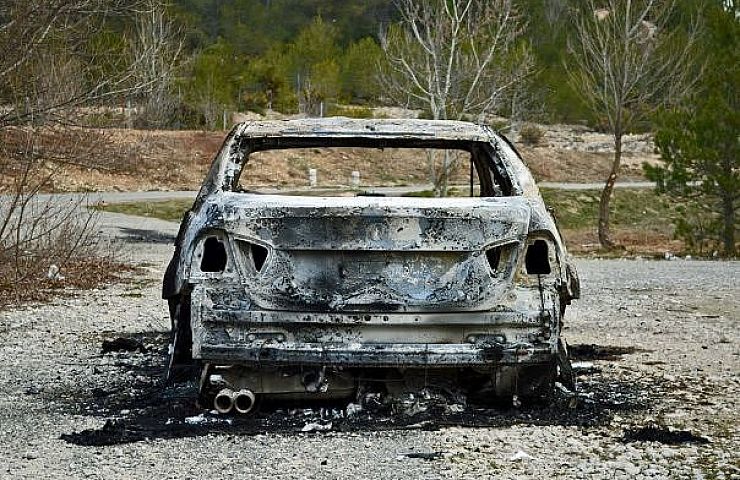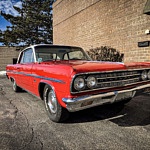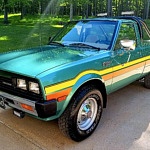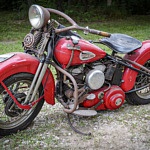A fervent passion for vintage cars can manifest itself in different ways. Some folks restore them; some hoard them; some race them; and some write about them. But a relatively small and overlooked group of enthusiasts live out their passion by tracking down and photographing abandoned classics.
The hobby doesn’t have an official name, but I call it automotive archaeology. Although that might sound like a hyperbole used to romanticize the pursuit of junk, the term archaeology generally means excavating sites and analyzing remains. In many ways, that’s exactly what we do.
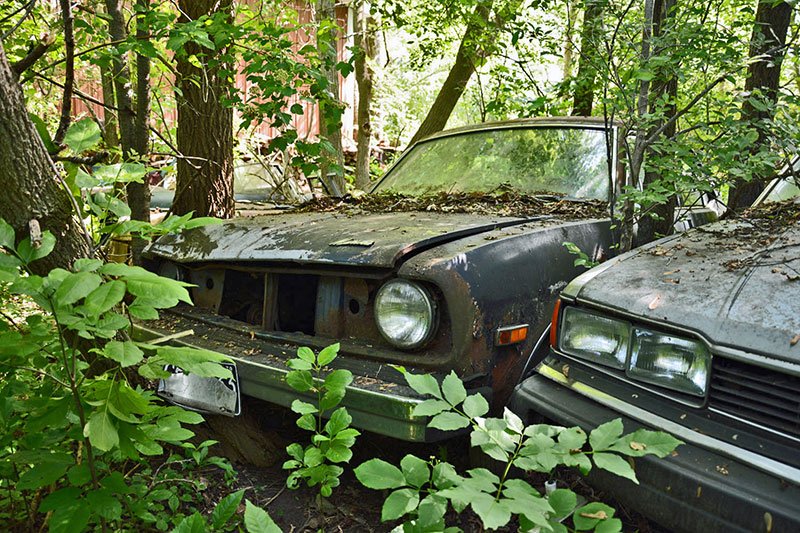
My brother recently directed me to one of the roughly 25 Austin Marinas believed to be left in the United States.
When you’ve been seeking out abandoned cars for a long enough time, finding them becomes a sixth sense. It’s almost as if you have a sonar that’s permanently scanning the road ahead. A rusty piece of bent metal behind a garage is sometimes all it takes.
A glance in the rear-view mirror, a flip of the turn signal, and a quick U-turn; there’s definitely something abandoned back there.
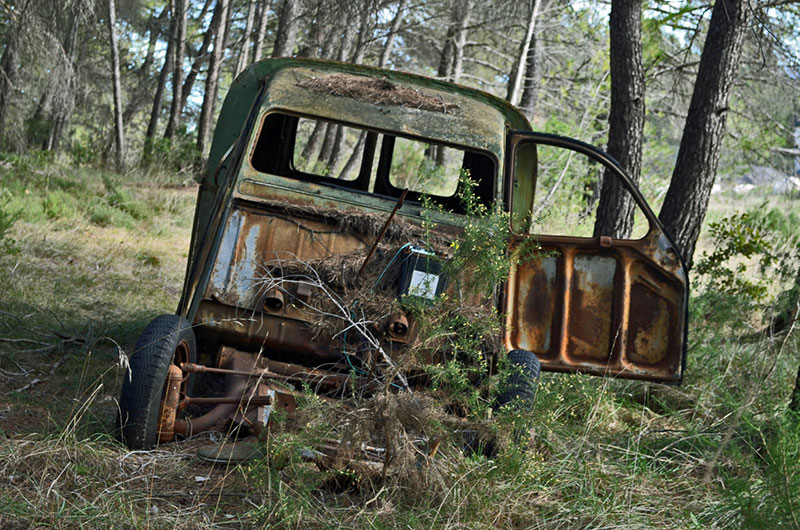
The hand-painted registration number on the back of this Citroën 2CV AZU indicates it was built in 1955. It’s ending its days in a forest in the south of France.
It’s fairly common to also receive tips from friends and family members. Notably, my brother recently directed me to one of the roughly 25 Austin Marinas believed to be left in the United States. Other rust addicts rarely reveal the location of a car that they’ve photographed because they like to keep finds a secret. It’s similar to the attitude of frenzied pioneers during the gold rush.
There are times when a car is sitting right under your nose. For example, my next-door neighbor kept his wife’s run-down Renault 4 on the side of his house for years. I didn’t know about it until he knocked on my door one day and asked if I wanted to come check it out. Other times, tracking down a car involves a lengthy road trip, and occasionally the tip isn’t accurate at all. I admit that I drove from Salt Lake City to the Utah-Arizona border to find a Fiat 600 that either vanished in the five hours it took me to get down there or never existed in the first place.
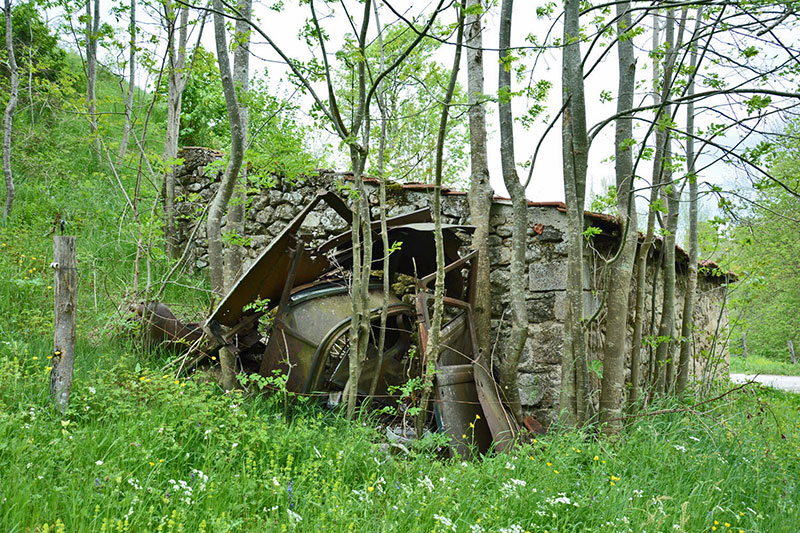
I found the remains of this late-1920s Chenard & Walcker Z5 after spotting part of a rusty door that was sticking out from behind the garage.
Some cars take quite a while to identify because they’re badly mangled, incomplete, or simply obscure. That’s when having a keen eye for details such as door handles, headlight bezels, shift knobs, paint codes, and so forth comes in handy. Even small and seemingly insignificant clues—such as a brake line clip stamped with a Talbot emblem and part number—can point you in the right direction.
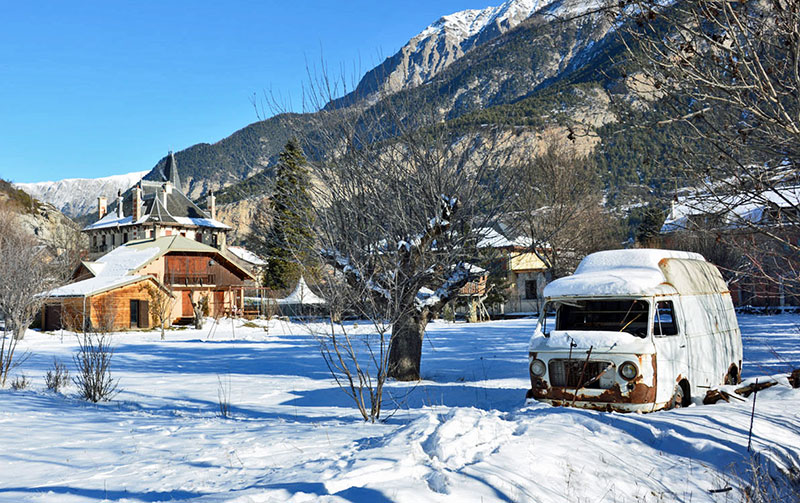
Sold new in Italy and once used to deliver propane, this Fiat 238 van is sitting on the outskirts of a small town in the French Alps.
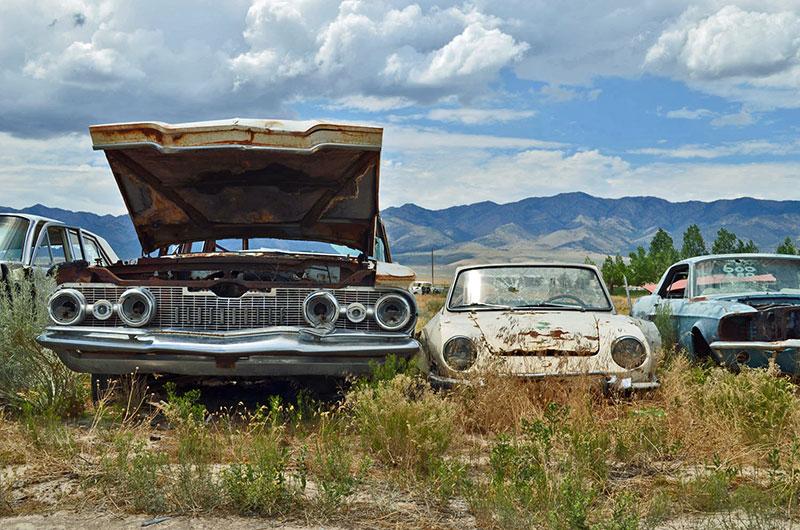
It’s interesting to think about what the original owner would say after seeing his or her former pride and joy slowly decaying in a field.
Every rusty, moss-covered car has a story and deciphering it is another process that resembles archaeology. It can be simple and obvious: a late-model BMW (like the one shown at the top of this page) that’s been stripped and burned to the ground is very likely stolen. Other times it’s a lot less evident, and it takes a little more sleuthing to find connecting rod bearings under the passenger seat and conclude the car is rotting behind an empty repair shop because the last owner didn’t want to pony up the cash to rebuild the bottom end of the engine.
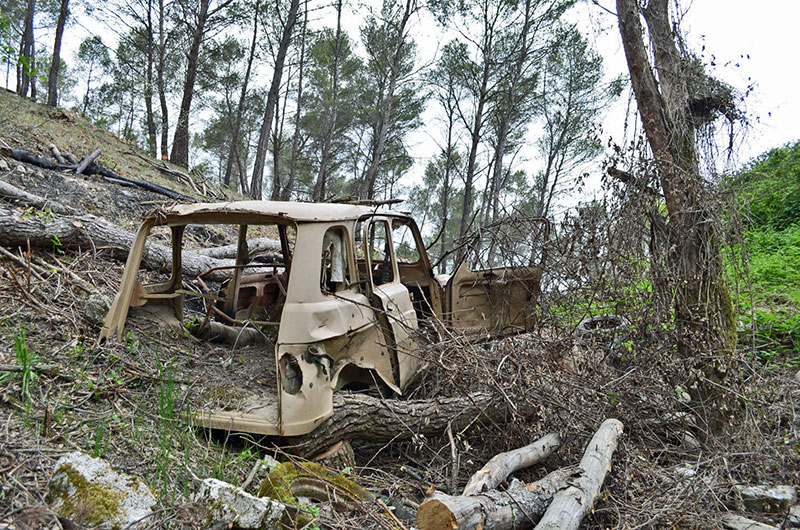
The air vents, the door hinges and the paint color tell us this Renault 4 is most likely a TL model built in 1976 or early 1977.
It’s not a risk-free hobby, and you can encounter ticks, snakes, spiders, electric fences, as well as the occasional angry land owner. Generally speaking it’s best to respect “no trespassing” signs and to ensure your tetanus booster shot is up to date. However, if you’re smart about it, automotive archaeology is a rewarding and highly addictive way to learn about both old cars and photography while exploring new places.

